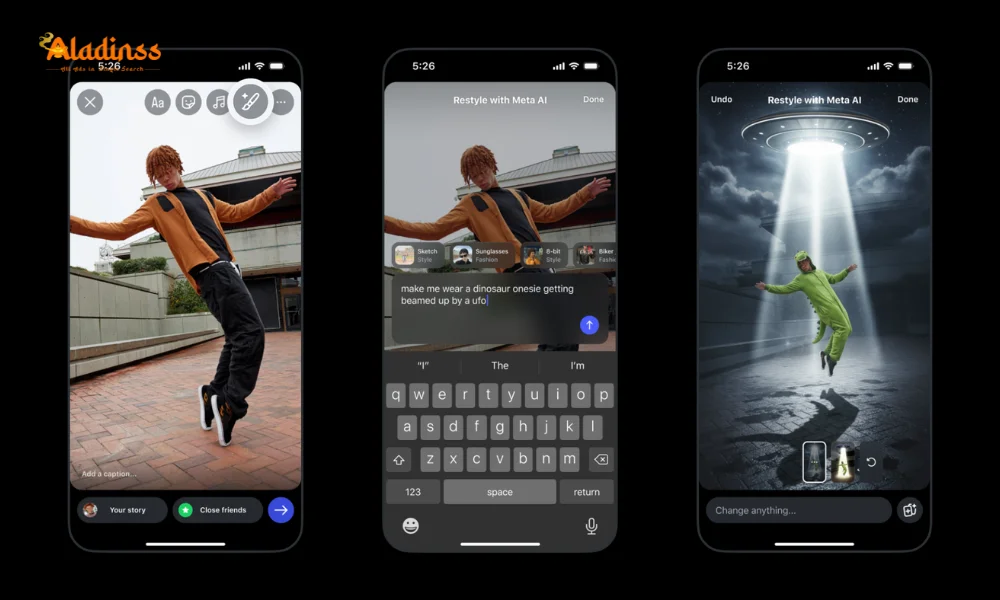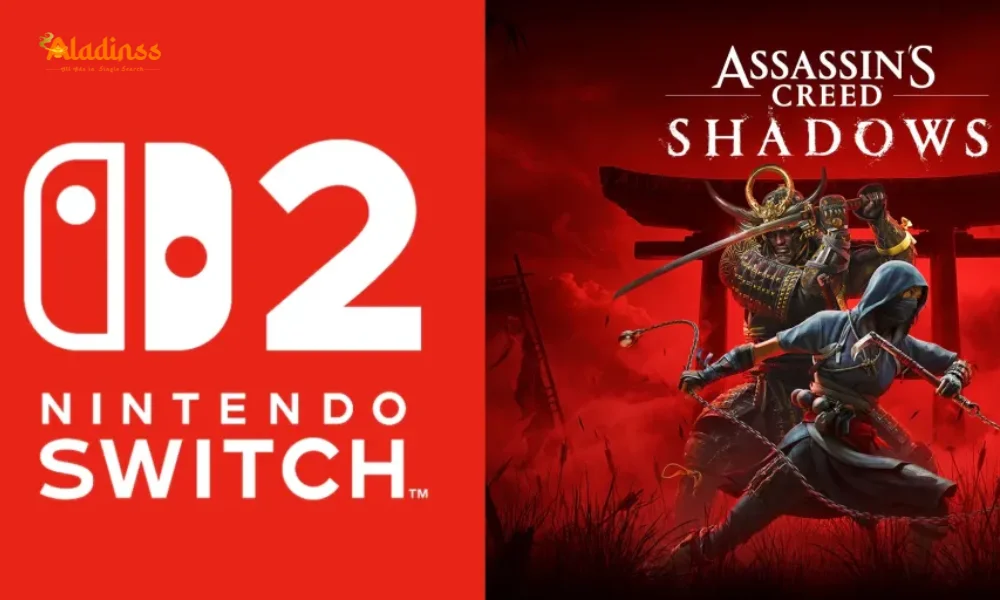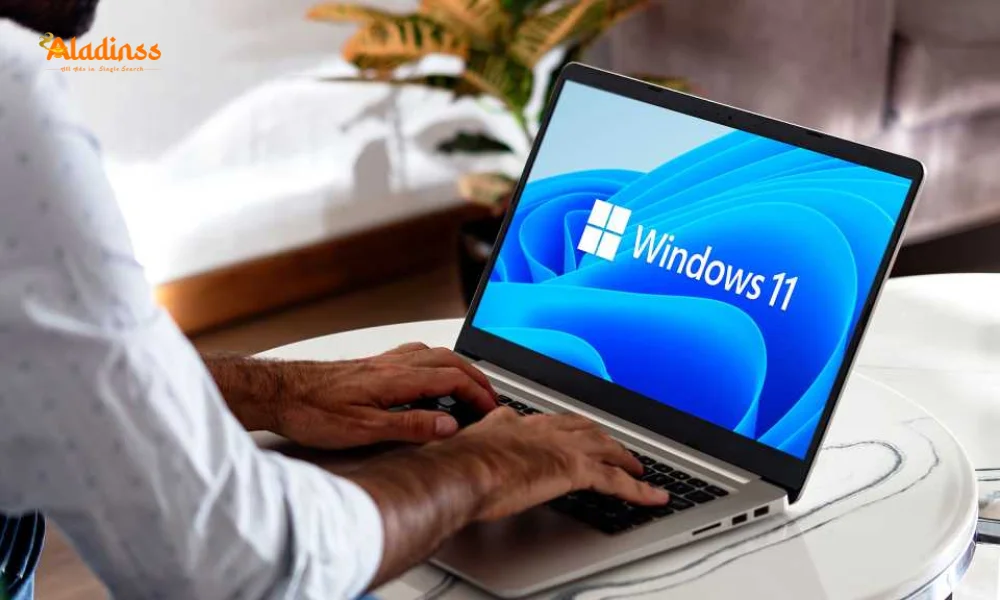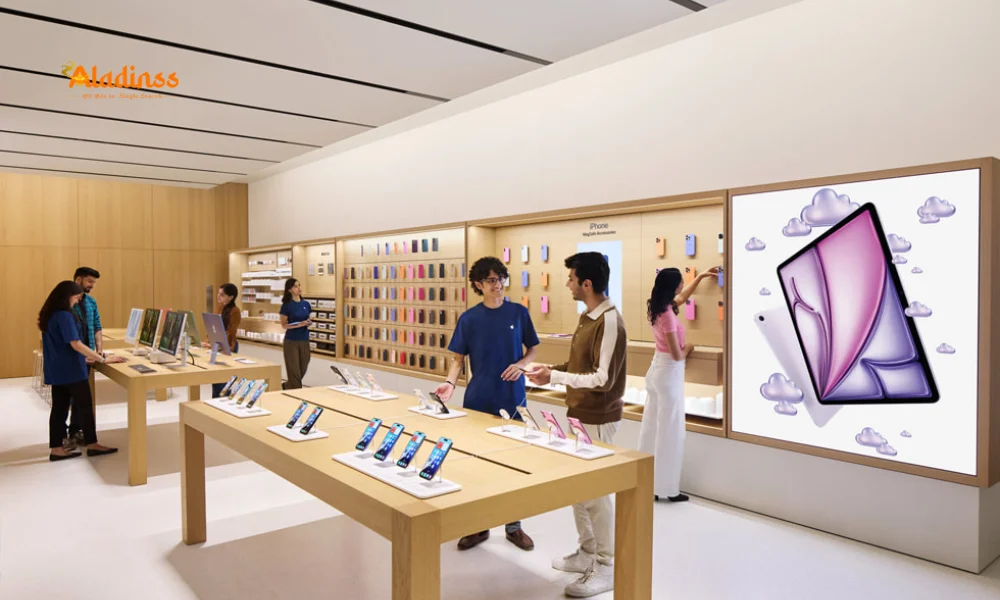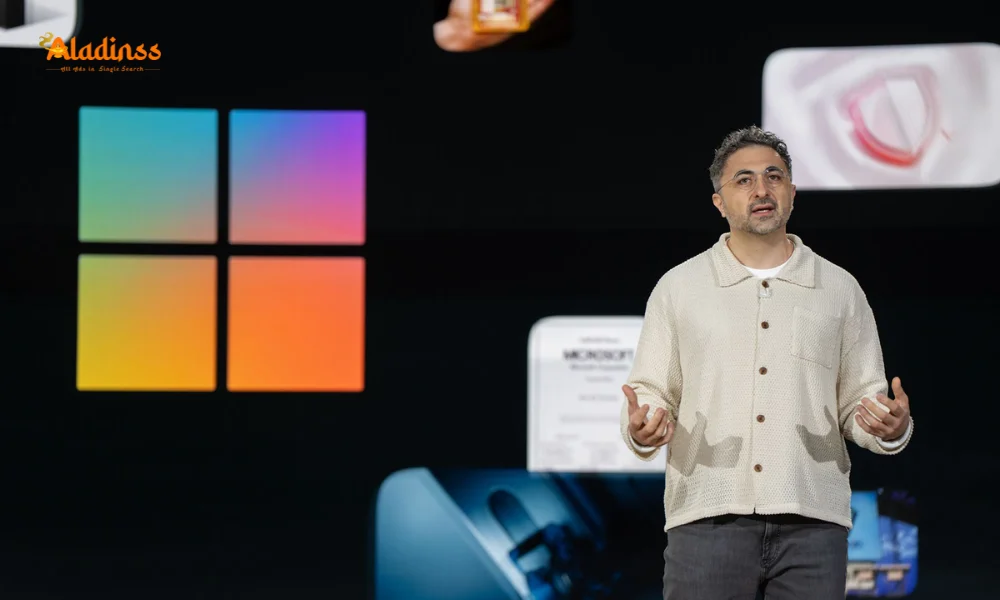YouTube's New Mental Health Section for Teens
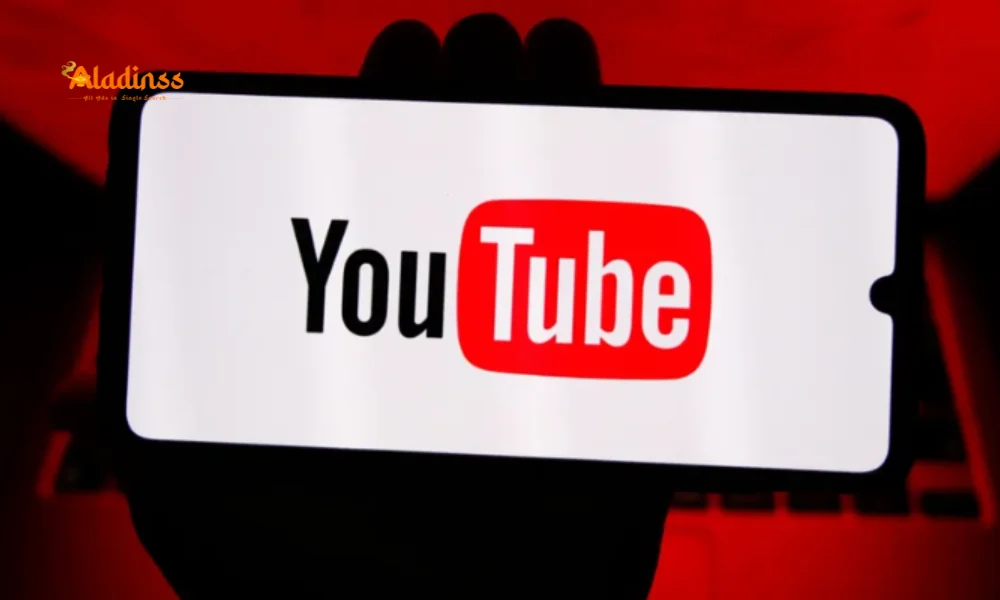
YouTube Launches Dedicated Mental Health Section for Teens with Curated Content
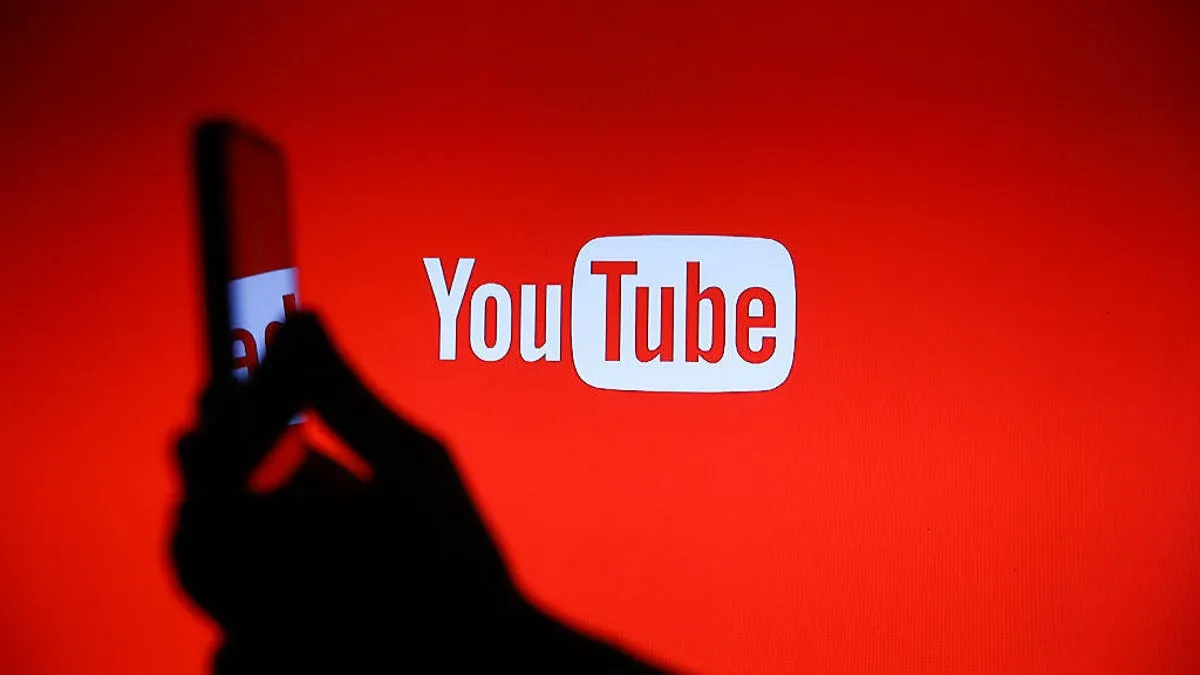
YouTube is rolling out a dedicated mental health and wellbeing section tailored for teenagers, providing access to carefully curated videos on critical topics like depression, anxiety, ADHD, and eating disorders. This initiative, announced on October 15, 2025, aims to empower young users with reliable, age-appropriate resources from trusted sources, developed in collaboration with global health organizations and content creators. The YouTube mental health section teens feature will initially launch in the US, UK, Canada, Mexico, France, and Australia over the coming weeks, with plans for broader availability, including India, in the near future.
By creating a centralized hub for teen-centric content, YouTube seeks to simplify discovery of evidence-based information, addressing the rising mental health challenges among adolescents. Videos will feature expert insights, lived experiences, and Q&A sessions with mental health professionals, ensuring engaging and supportive materials that resonate with young audiences.
This launch reflects YouTube's commitment to fostering a safer digital environment for youth, building on previous efforts like age-restricted content and parental controls, while prioritizing inclusivity and accuracy in mental health discussions.
The Need for Tailored Mental Health Resources on YouTube
Teenagers today face unprecedented mental health pressures, from social media comparisons to academic stress and global uncertainties. According to the World Health Organization (WHO), 1 in 7 adolescents worldwide experiences mental disorders, yet access to reliable information remains fragmented. YouTube, with over 2 billion monthly users and 500 million teen viewers, is uniquely positioned to bridge this gap by surfacing vetted content in a dedicated space.
The platform's new section ensures videos are "evidence-based, teen-centric, and engaging," developed with input from organizations like the Jed Foundation, Child Mind Institute, and National Alliance for Eating Disorders. This collaboration guarantees accuracy, avoiding misinformation that plagues unmoderated spaces. For instance, teens searching for anxiety tips will find short, relatable videos featuring peers and experts, rather than generic advice.
By prioritizing trusted sources, YouTube reduces stigma and encourages help-seeking, aligning with its 2025 safety initiatives that include AI-driven content flagging and youth advisory councils. This proactive approach could lower barriers for 20-30% more teens seeking support, per early pilot data.
Key Features of the Mental Health and Wellbeing Section
The section will appear as a prominent shelf in the YouTube app and web for users aged 13-17, triggered by relevant searches or recommendations. Content covers core issues: depression (symptoms, coping strategies), anxiety (breathing techniques, therapy options), ADHD (focus tools, daily management), and eating disorders (body positivity, recovery stories). Videos are short-form (5-10 minutes) for attention spans, with interactive elements like quizzes and resource links to hotlines like the National Suicide Prevention Lifeline.
Eligibility criteria ensure quality: Videos must cite peer-reviewed sources, feature licensed professionals, and engage teens through storytelling or animations. Creators collaborate with experts for authenticity, as in the 'Mind Matters' series by the Jed Foundation, where YouTubers discuss ADHD and anxiety with therapists, reaching 10 million views in pilots.
- Depression Resources: Videos on mood tracking, support networks, and when to seek professional help.
- Anxiety Tools: Guided meditations, exposure therapy basics, and peer testimonials.
- ADHD Strategies: Time management hacks, neurodiversity education, and academic accommodations.
- Eating Disorders Support: Recovery narratives, nutritional myths debunked, and body image workshops.
The National Alliance for Eating Disorders contributes lived-experience videos, blending expert advice with survivor stories to foster empathy and hope.
Collaborations with Global Health Experts
YouTube partnered with renowned institutions to ensure credibility. The Jed Foundation, focused on youth suicide prevention, co-created 'Mind Matters,' a series where influencers like Emma Chamberlain discuss anxiety with psychologists, blending relatability with science. The Child Mind Institute, experts in ADHD and neurodiversity, developed modules on focus techniques and school advocacy, reaching underserved communities.
The National Alliance for Eating Disorders provides videos featuring researchers and survivors, addressing stigma and treatment access. These collaborations draw from evidence-based models like cognitive behavioral therapy (CBT) and dialectical behavior therapy (DBT), adapted for digital formats. Global input from WHO and UNICEF ensures cultural sensitivity, with localized versions planned for India by Q1 2026.
This multi-stakeholder approach not only elevates content quality but also trains creators on ethical guidelines, preventing sensationalism and promoting recovery-focused narratives.
Rollout Details: Initial Launch and Future Expansion
The feature debuts in select countries-the US, UK, Canada, Mexico, France, and Australia-within weeks, accessible via app updates for teens with parental consent enabled. In India, expected by early 2026, it will support Hindi and regional languages, addressing 300 million youth viewers and aligning with the National Mental Health Programme.
Integration with YouTube Kids and supervised accounts ensures safe navigation, with algorithms prioritizing the section for relevant searches. Analytics will track engagement to refine content, aiming for 50 million teen views in year one.
Future expansions include interactive chatbots for crisis support and VR therapy simulations, partnering with NIMHANS in India for localized validation.
Impact on Teen Wellbeing: Addressing the Crisis
Adolescent mental health is a global emergency, with CDC data showing 1 in 5 US teens experiencing severe depression. In India, 10% of youth aged 13-17 report suicidal thoughts, per NIMHANS. YouTube's section could reach 80% of affected teens, who prefer digital over traditional therapy, reducing barriers like stigma and access.
Curated content empowers self-help: Anxiety videos teach grounding techniques, boosting resilience by 25%, per JED studies. Eating disorder resources promote body neutrality, lowering relapse rates. By featuring diverse creators, it fosters inclusion, with 60% of videos showcasing BIPOC and LGBTQ+ voices.
Long-term, this could lower healthcare costs by $10 billion annually in the US, per WHO estimates, and inform policy through usage data.
Challenges and Safeguards: Ensuring Safe Content
While promising, the section must navigate risks like misinformation and triggering content. YouTube's guidelines mandate expert vetting and trigger warnings, with AI flagging 90% of harmful uploads. Parental tools allow monitoring, and crisis links connect to 24/7 hotlines.
Challenges include cultural adaptation for India, where taboos around mental health persist. Partnerships with local NGOs like The Live Love Laugh Foundation will localize content, addressing family dynamics and academic stress.
Success metrics-engagement, referral rates to services-will guide iterations, ensuring the section evolves as a lifeline for teens.
Broader Implications: YouTube's Role in Youth Mental Health
This launch positions YouTube as a mental health ally, complementing platforms like TikTok's #MentalHealthAwareness and Instagram's therapy reels. By curating trusted content, it counters 30% of harmful videos, per 2024 Pew Research, and boosts literacy among 70% of teen users.
For India, with 200 million teen YouTube users, the feature could transform access, integrating with Ayushman Bharat for tele-counseling. Globally, it sets a precedent for tech accountability, potentially influencing Meta and Snapchat to enhance youth safeguards.
As teens navigate digital worlds, YouTube's section offers hope: A space where curiosity meets care, turning scrolls into steps toward healing.
Comment / Reply From
No comments yet. Be the first to comment!
